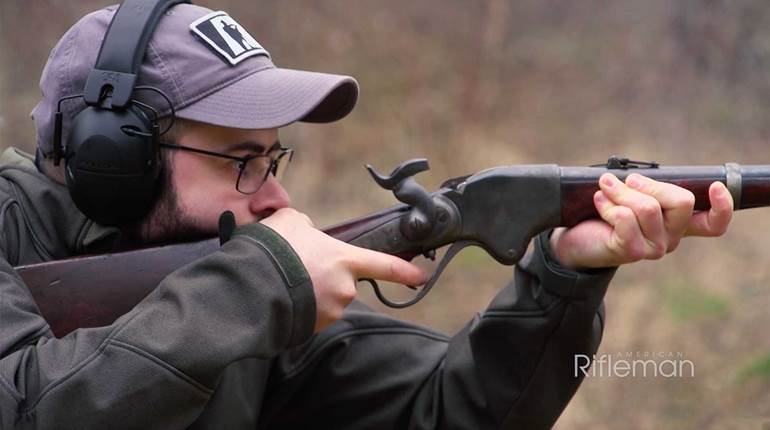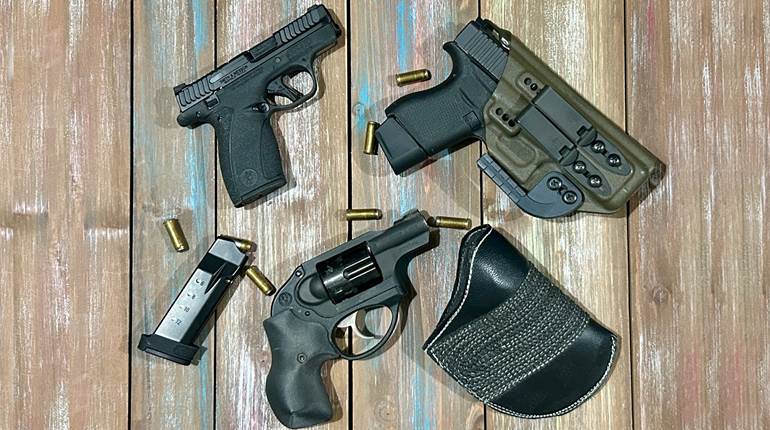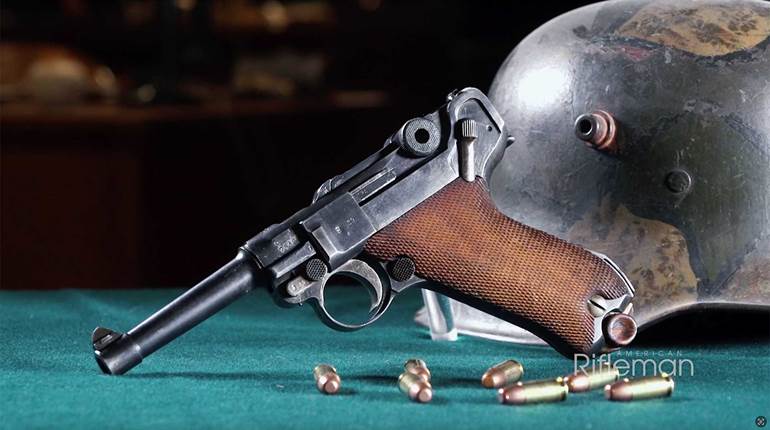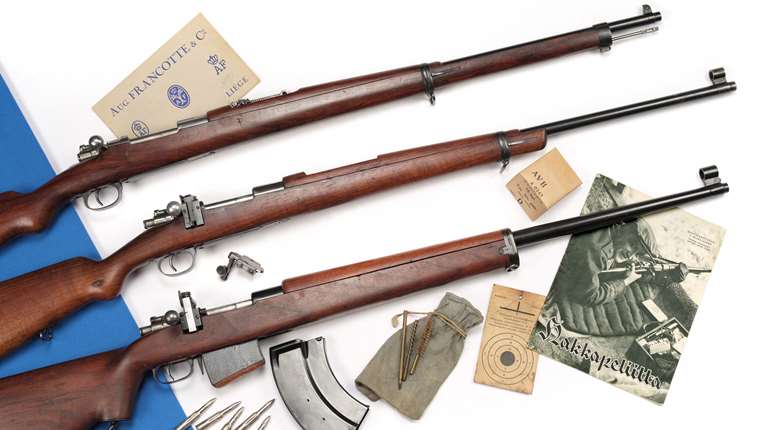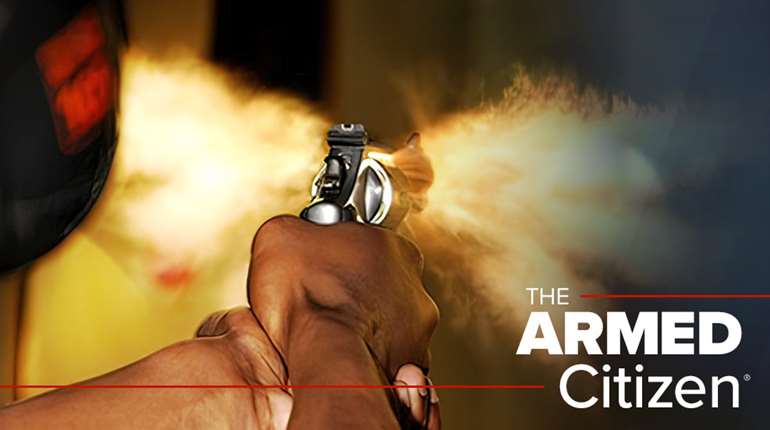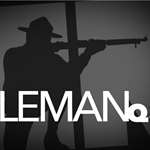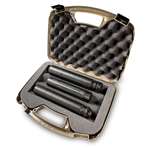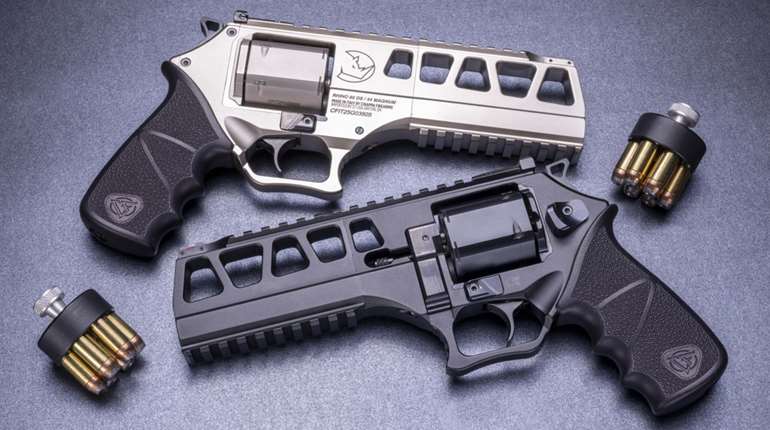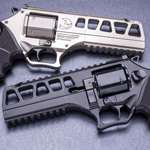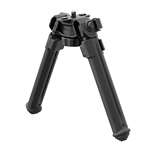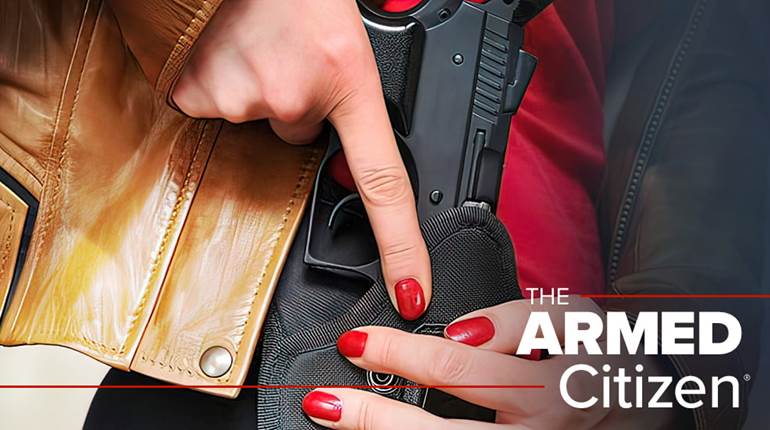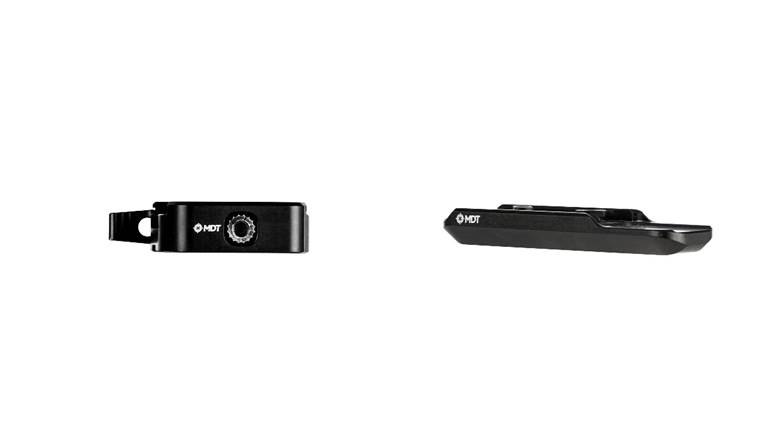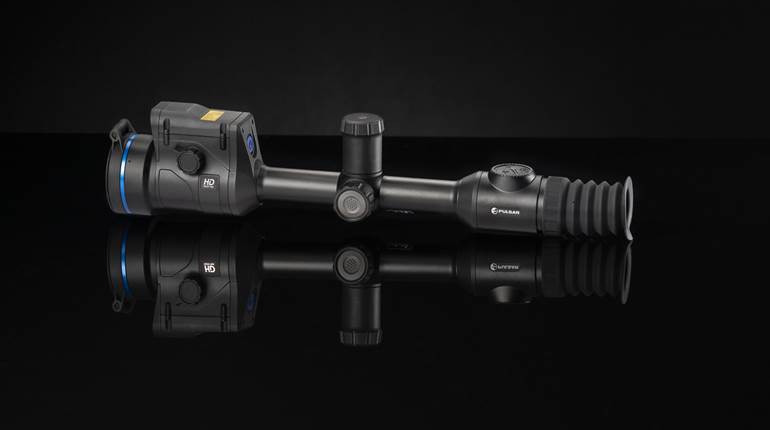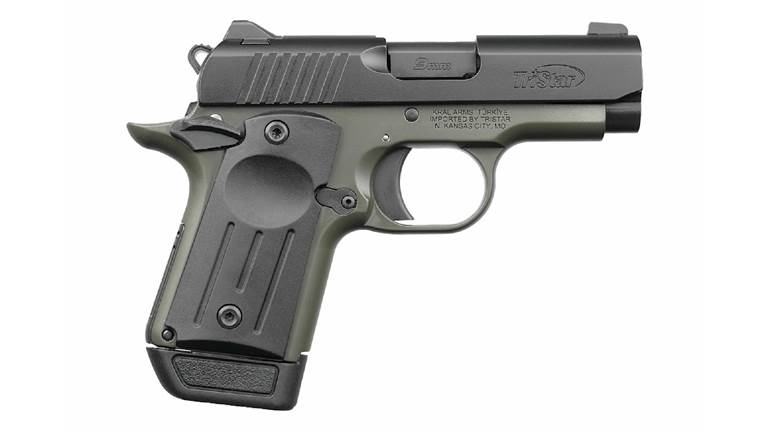
The Spanish/Basque city of Eibar is one of Europe’s great arms-manufacturing centers, with a history in gunmaking dating back to the 1500s. Through the centuries, legions of makers have offered fine, innovative sporting and military arms for domestic consumption and export. One of Eibar’s more well-known makers, Star-Bonifacio Echeverria, S.A., though lasting less than a century from 1905 to 1997, was a prolific producer of semi-automatic pistols with a line ranging from pocket pieces to service-grade models.
Star’s first handgun, a 1905 Mannlicher-inspired open-top 6.35 mm (.25 ACP) repeater, set the tone for the firm’s early pistols. The 1908, as it was designated, was a fixed-barrel blowback design that, unlike the Mannlicher semi-automatics that loaded from the top via a stripper clip, employed a grip-sited box magazine. It set the tone for the company’s follow-up model, the M1914.
The Modelo 1914, while resembling the 1908 somewhat, did have some stylistic and mechanical differences. Offered chambered in both 6.35 mm (.25 ACP) and 7.65 mm Browning (.32 ACP), the ’14’s breechblock was modified by the addition of two humps, the centers of which accommodated circular knurled sections formed out of the gun’s safety, which, when rotated via a small thumb extension, physically blocked the external hammer from striking the firing pin. The magazine release was changed from the 1908’s heel-style catch to a knurled button positioned above and to the rear of the trigger guard.
 Introduced around the time of the beginning of World War I, 1914s were produced in considerable numbers and used as sidearms by the French, Italian and Greek militaries. Along with the usual manufacturer’s boilerplate, the slides of some of the guns intended for Gallic issue were patriotically decorated with a marking depicting the famed “French 75” artillery piece. Model 1914s achieved a good record of reliability and were considered by some to be superior to the “Ruby-”style, 1903 Colt-inspired knockoffs produced by other Spanish firms.
Introduced around the time of the beginning of World War I, 1914s were produced in considerable numbers and used as sidearms by the French, Italian and Greek militaries. Along with the usual manufacturer’s boilerplate, the slides of some of the guns intended for Gallic issue were patriotically decorated with a marking depicting the famed “French 75” artillery piece. Model 1914s achieved a good record of reliability and were considered by some to be superior to the “Ruby-”style, 1903 Colt-inspired knockoffs produced by other Spanish firms.
Two versions of the 1914 were offered—a seven-shot “Officer’s Model” with a 4 5⁄8" barrel and a “Troopers Model” sporting a 5½" barrel and an extended grip that accommodated a nine-round magazine. Finish on the guns was blue, and stocks were primarily of checkered wood. A lanyard loop was affixed to the pistol at the lower, rear left side of its grip frame.
The frame of the 1914 is in two parts—consisting of front and rear sections. Takedown of the piece is relatively simple, if a bit unorthodox. First, remove the magazine and ensure the gun is unloaded. Next, push upward on the latch in front of the trigger guard while pushing forward on the laterally grooved front under-portion of the frame. Separate the front frame section from the rear. The recoil spring and guide rod may now be removed. Pull the slide fully back while raising its rear. Push forward on the slide and slip it off over the barrel.
Some 25,000 1914s were purchased by France between 1915 and 1918, though these quantities were dwarfed by those of the Rubys (750,000) and Orbea Smith & Wesson Model 1905 Hand Ejector revolver copies (485,000). Thusly, the Star ended up being one of the scarcer Spanish firearms to see service during the Great War. Model 1914s also saw use during the Spanish Civil War and World War II.
The Star 1914 seen here is complete and in good working order, though it has obviously weathered a good deal of service. No finish remains, and markings are thin in places. As this model is not all that commonly encountered, however, it will bring a bit of a premium over other Spanish arms used by the French during World War I. Its value is reckoned to be a solid $625.
Gun: Star Model 1914
Manufacturer: Star-Bonifacio Echeverria, S.A. (Spain)
Chambering: 7.65 mm Browning (.32 ACP)
Manufactured: c. 1915
Condition: NRA Good (Modern Gun Standards)
Value: $625












